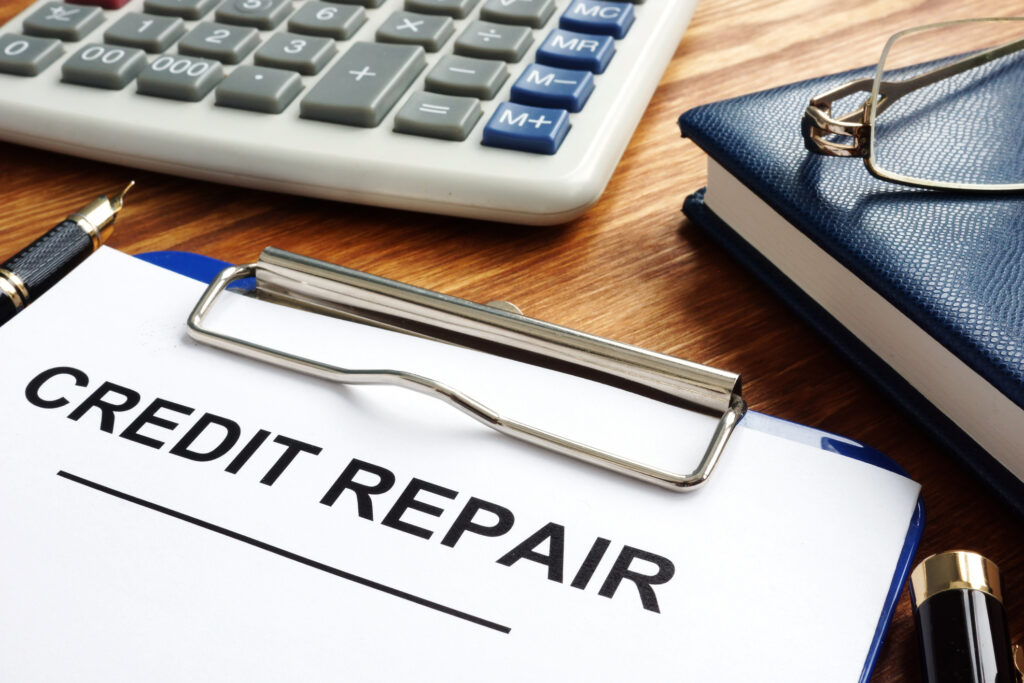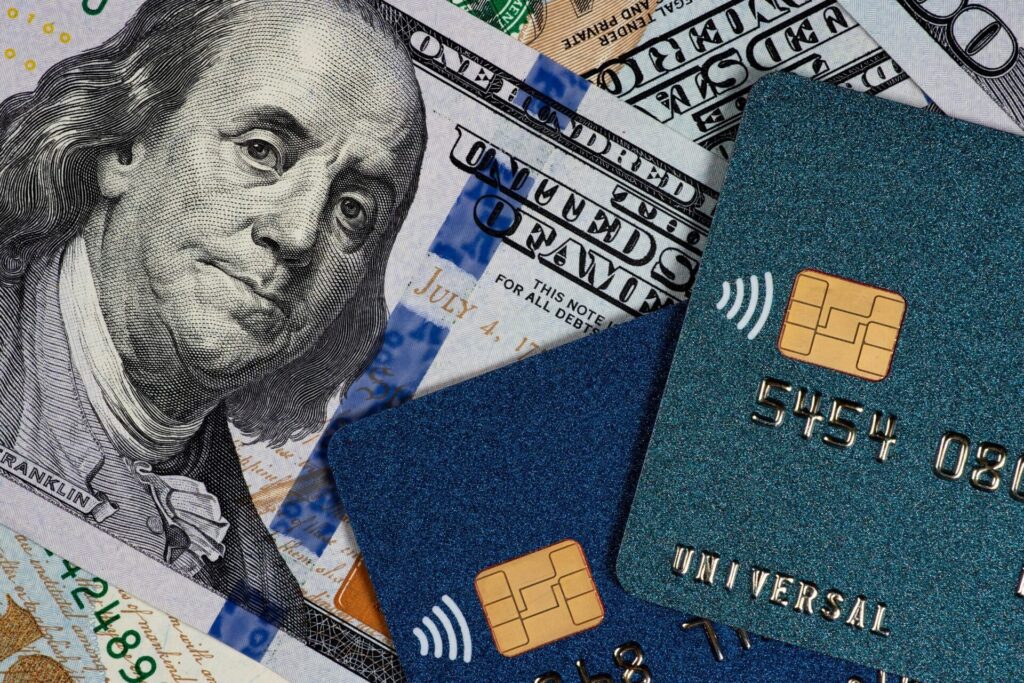Credit repair can help you if your credit score is a little rough around the edges. There are some steps you can take to repair and improve it. Here are five fundamental strategies to elevate your credit score and enhance your overall financial well-being.
1. Review your credit report
The first step in any credit repair journey is to obtain and thoroughly review your credit report. You are entitled to one free credit report from each of the major credit bureaus—Equifax, Experian, and TransUnion—annually. Request these reports and carefully examine them for inaccuracies, errors, or any signs of identity theft.
If you spot discrepancies, like accounts that don’t belong to you or inaccurately reported late payments, take immediate action. Dispute these errors with the respective credit bureau by providing supporting documentation. Clearing up inaccuracies can have a quick positive impact on your credit score.
2. Create a consistent payment history
Payment history is a significant factor in determining your credit score. Demonstrating a consistent pattern of on-time payments is crucial for credit repair. Set up automatic payments or create calendar reminders to ensure you never miss a due date.
If you have accounts with late payments, bring them current as soon as possible. Even one late payment can have a negative impact, but the more time that passes without further delinquencies, the less impact it will have on your credit score. Over time, a consistent record of timely payments will contribute to positive changes in your credit history.
3. Reduce credit card balances
Credit utilization, or the ratio of your credit card balances to your credit limits, is another big factor influencing your credit score. Aim to keep your credit card balances below 30% of your credit limit on each card. High credit card balances can signal financial strain to lenders and negatively impact your credit score.
To help fix this, focus on paying down credit card balances. Develop a plan to allocate additional funds toward credit card debt, starting with the card carrying the highest interest rate. Reducing credit card balances not only improves your credit utilization ratio but also saves money on interest payments.
4. Avoid opening unnecessary credit accounts
Each time you apply for credit, a hard inquiry is made on your credit report. While a single inquiry may have a minimal impact, multiple inquiries within a short period can signal financial instability and lower your credit score. Avoid opening unnecessary credit accounts, especially if you’re actively working on credit repair.
If you need to apply for credit, such as a car loan or mortgage, try to do so within a condensed timeframe to minimize the impact on your credit score. Additionally, research and select credit options wisely, focusing on those aligned with your financial goals and credit repair strategy.
5. Establish positive credit habits
Building a positive credit history requires consistent, responsible financial habits. Consider the following practices to foster a healthier credit profile:
– Mix up your credit mix: A mix of credit types, such as credit cards, installment loans, and a mortgage, can positively impact your credit score. However, avoid opening new credit solely for the sake of variety.
– Become an authorized user: If someone you trust has a well-established credit card account, ask if you can be added as an authorized user. This can potentially boost your credit score by including the positive payment history associated with that account.
– Settle or negotiate outstanding debts: If you have outstanding debts, consider negotiating with creditors to settle for less than the full amount or establish a repayment plan. While the impact on your credit score may not be immediate, addressing these debts positively contributes to your overall financial health.
– Get professional guidance: If you find credit repair challenging or overwhelming, consider seeking the assistance of a reputable credit counseling agency. Professional guidance can provide personalized advice, debt management plans, and resources to support your credit repair efforts.
The bottom line: credit repair 101
Credit repair is a gradual process that requires commitment, patience, and strategic financial management. By reviewing your credit report, prioritizing consistent on-time payments, managing credit card balances, being mindful of new credit applications, and establishing positive credit habits, you can make meaningful strides toward improving your credit score. Another excellent way to build your credit is to use Brigit’s Credit Builder1. Remember that credit repair is a journey, not a sprint, and each positive step you take contributes to a stronger financial foundation.
1Impact to score may vary. Some users’ scores may not improve. Results will depend on many factors, including on-time payment history, the status of non-Brigit accounts, and financial history. Results show that customers with a starting credit score of 600 or below were more likely to see positive score change results. A Brigit subscription is required. Credit Builder loans are not available in all states.
The Brigit Credit Builder is a service provided by Brigit and its bank partner, Coastal Community Bank, Member FDIC. The Brigit Credit Builder product is separate from the Brigit Instant Cash Advance service. Brigit Credit Builder installment loans are issued by Coastal Community Bank, Member FDIC, subject to approved underwriting practices.










